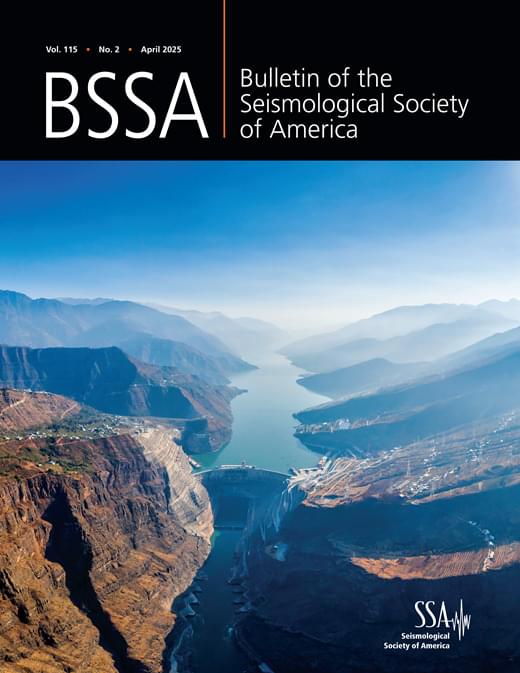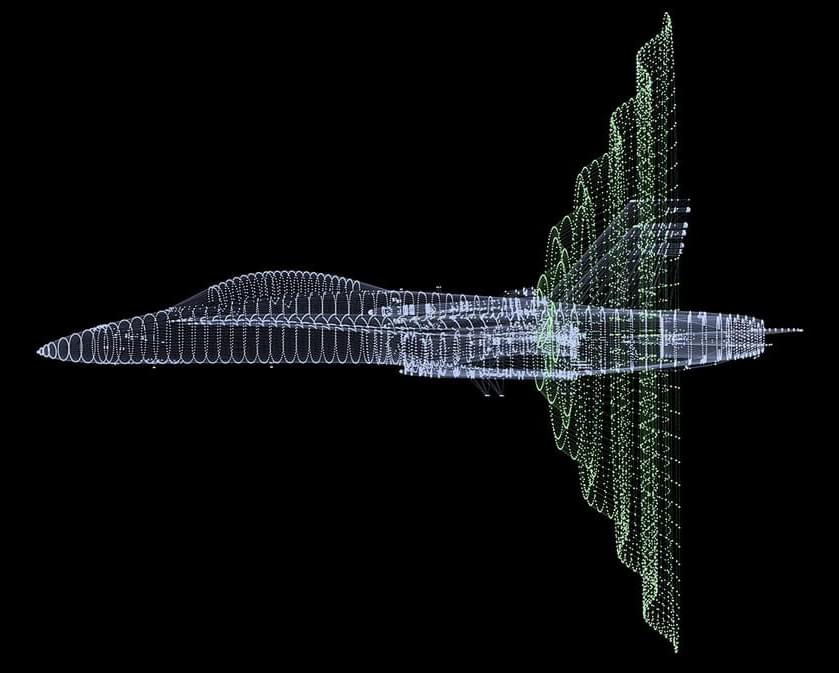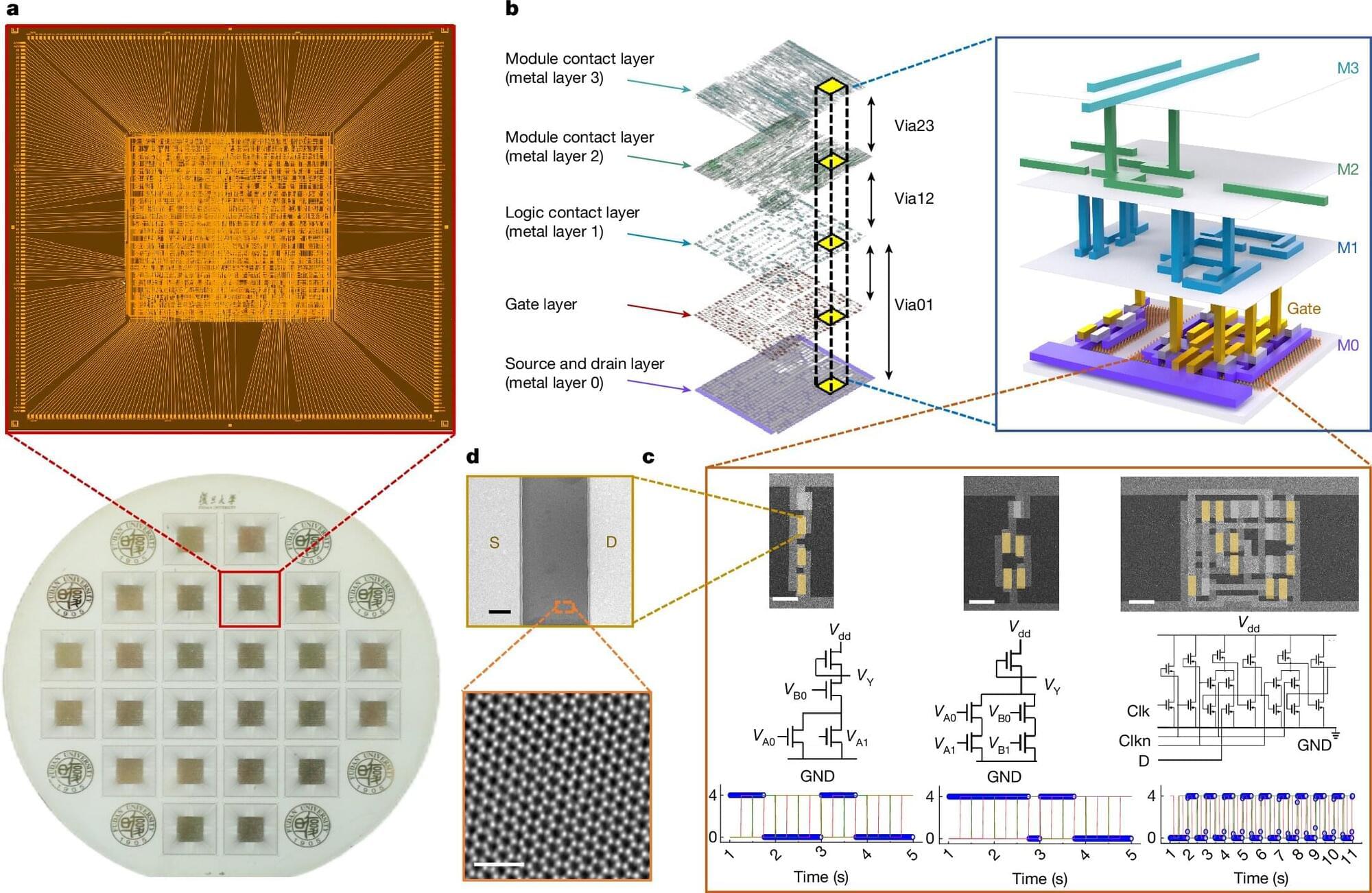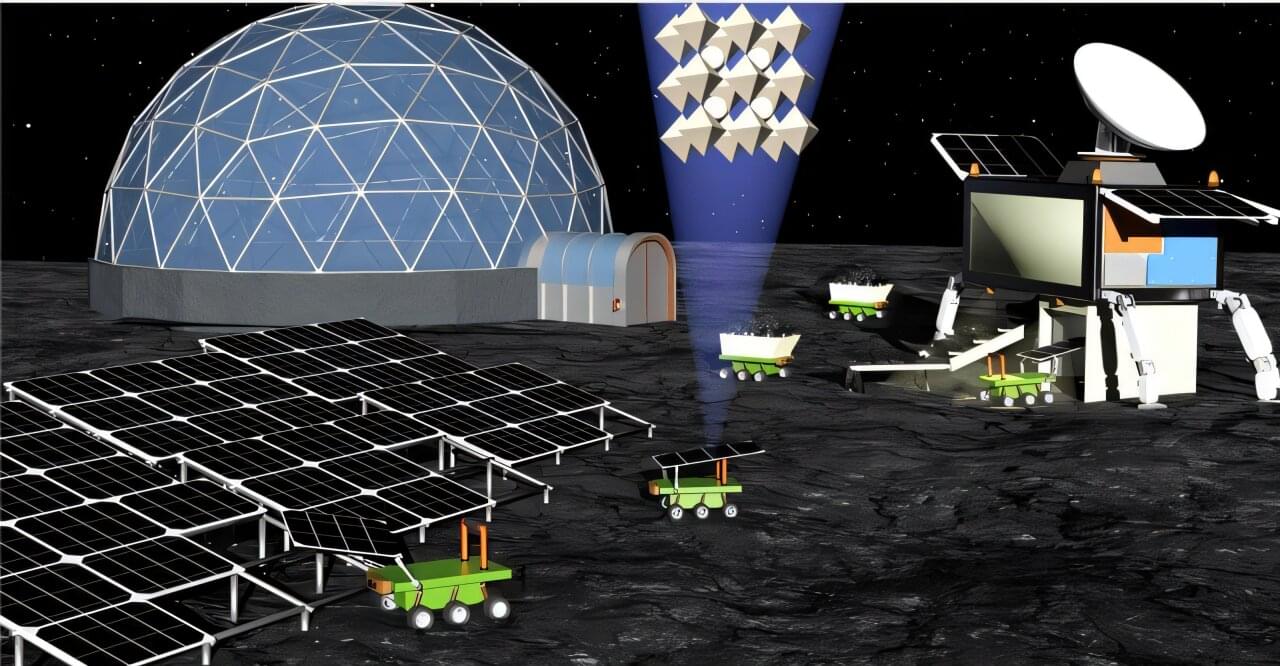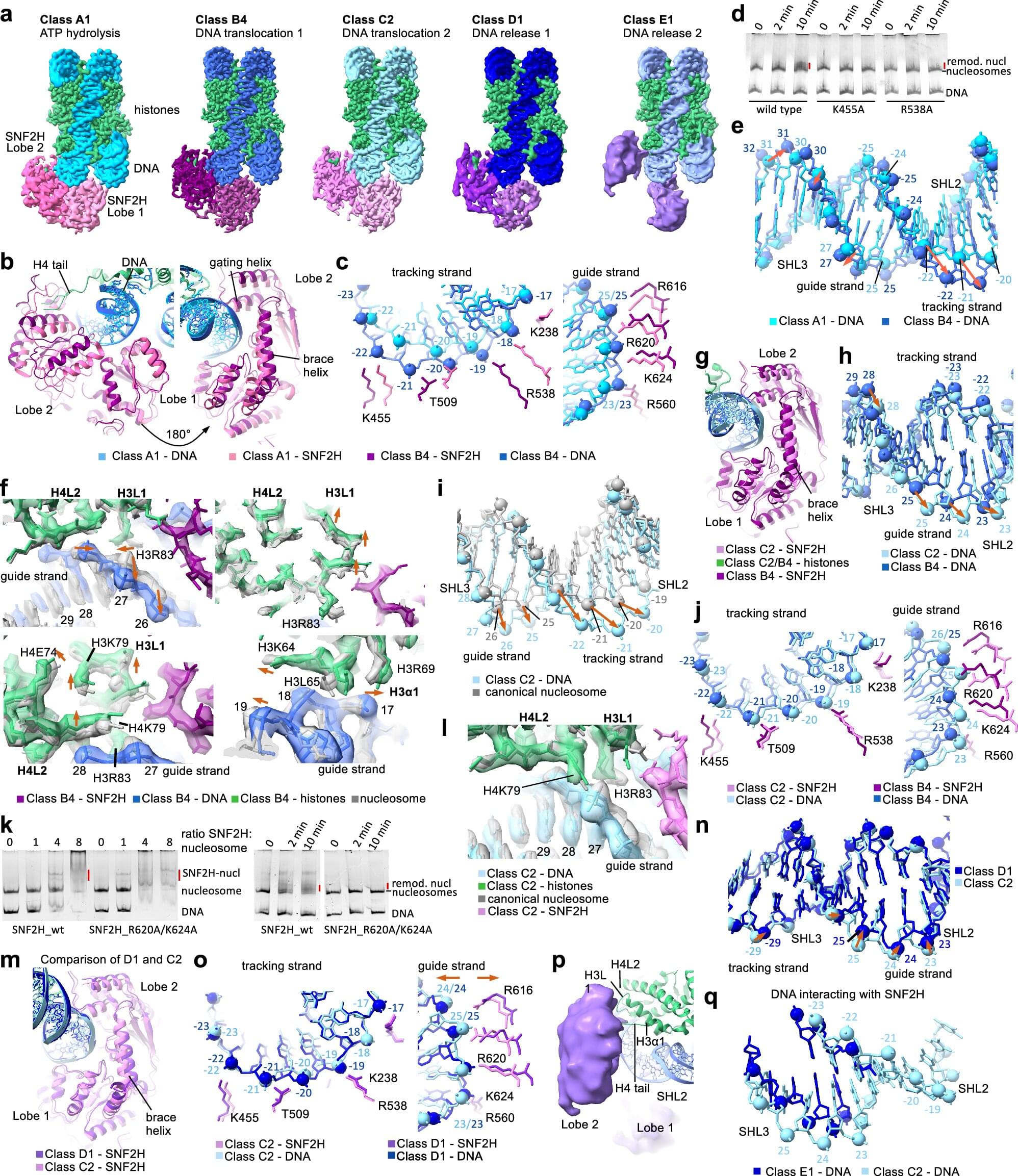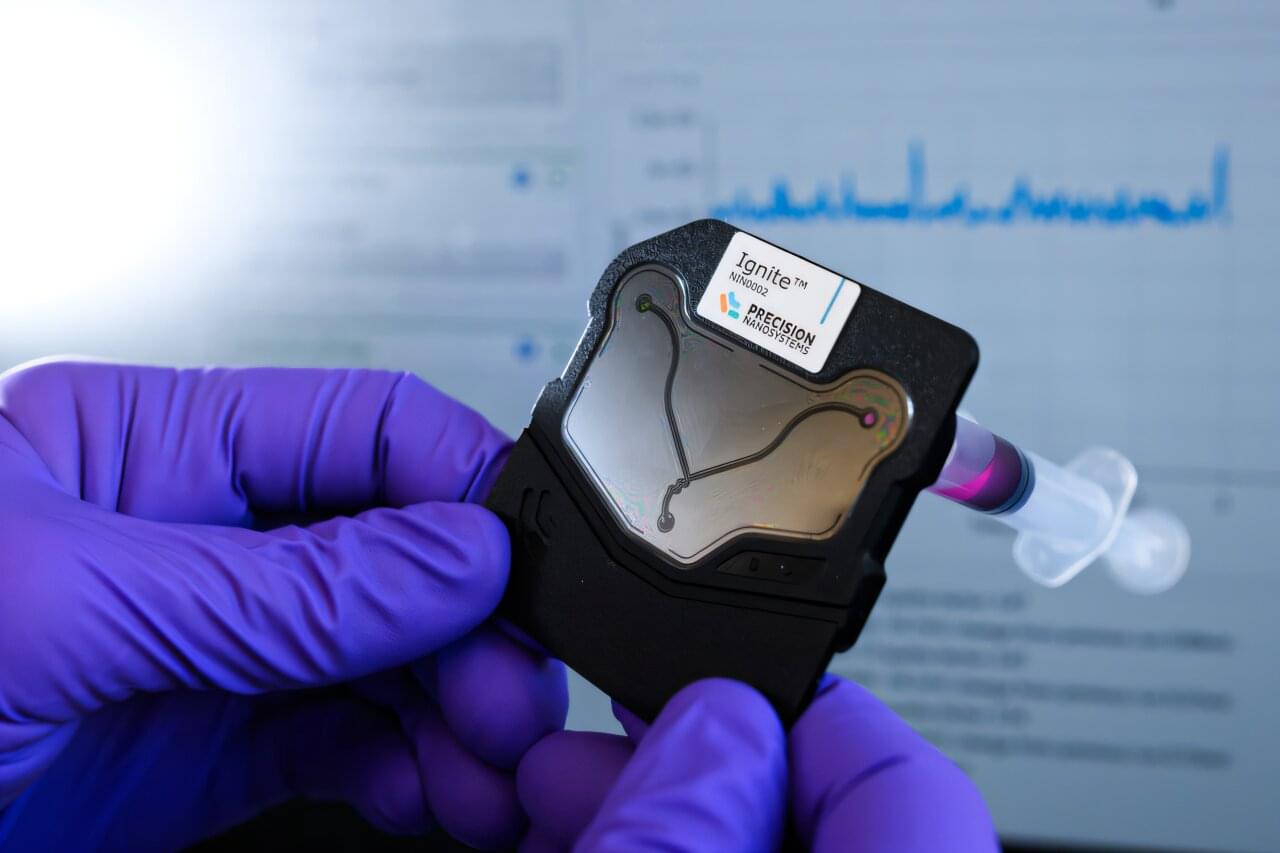ABSTRACT. Seismic waves carry rich information about earthquake sources and the Earth’s medium. However, the process of extracting earthquake source parameters from seismic waves using traditional methods is complex and time consuming. In this study, we present a deep‐learning‐based method for automatic determination of earthquake source parameters. Considering the principle of calculating source parameters, the input of the deep neural network (SourceNet) includes not only the seismic waveform, but also the amplitude, epicenter distance, and station information. The utilization of multimodal data significantly improves the accuracy of determining earthquake source parameters. The test results using the real seismic data in the Sichuan–Yunnan region show that the earthquake source parameters obtained by SourceNet are in good agreement with the manual results and have higher computational efficiency. We apply the trained SourceNet to the seismic activities in the Changning area and further verify the reliability of the method by comparing our estimates of stress drops with those reported in previous studies of this area. The average time for SourceNet to calculate the source parameters of an earthquake is less than 0.1 s, which can be used for real‐time automatic determination of source parameters.
